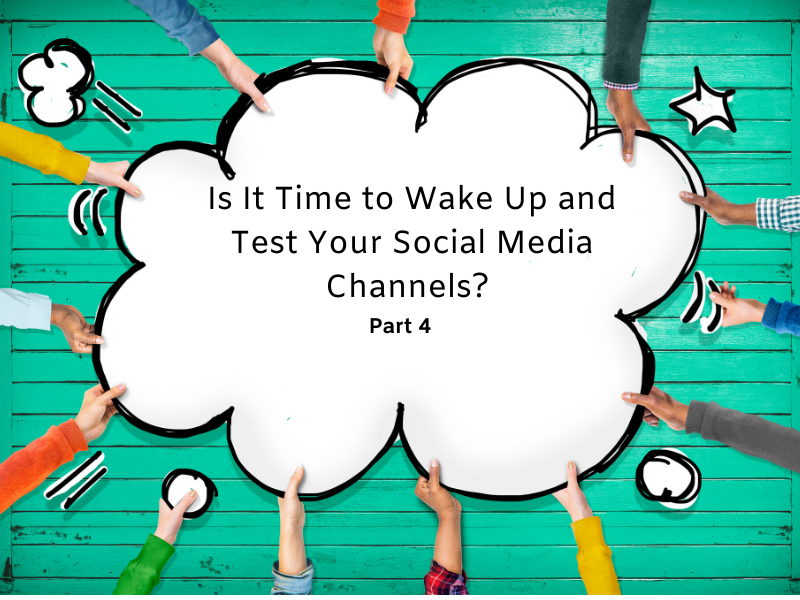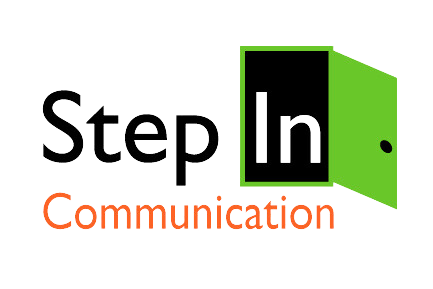
What happens after a disrupting event? Everything Changes. So Should You.
This is the fourth in the series on Managing Social Media through a Prolonged Crisis.
In the first post, we talked about what you should be doing during this time.
Then we tackled what happens when your strategy is altered.
Finally, we addressed changes in audience after a lengthy crisis.
Now it’s time to look at the thinking and process to wake up your social media channels so you are ready when country starts to open up too.
We’re making the assumption here that you may have let your social media sit idle or may have pursued an interim schedule to assist your community or industry. We’re also assuming that you’ve studied your audience changes, their new consumption habits and can see what’s different from last year at this time.
The first thing to do is to test the limits of your social network.
How to Test the Social Network
You can’t just go back to the way things were before this happened. Going into a full posting schedule for most organizations might make your audience’s heads explode.
Instead, try this.
Try one or two test messages at what would normally be a peak time of day for your audience. You know, fly a trial balloon as the military would say. Then heavily monitor the sentiment around those messages, including reactions, comments and shares.
Analyze your results.
What are you seeing? Positivity or persecution? Thumbs up or angry emojis? Or the reaction could be really mixed. Let the data from the reactions guide your next move.
How about another test at another peak time? It may or may not be “safe” to resume a full social media schedule.
Keep doing this until you find your new set point. Hint: your pace, tone and message types could all change ….and might be different for each social network.
If you follow this process, for each social channel you were managing proactively BEFORE the health crisis, you will have sufficient data to justify your decisions going forward.
Then you can look at waking up the channels.
Waking Up the Channels
Our team has frequently taken over a brand’s social media after a key event or taken on a brand’s social network after a period of dormancy. The process described above is part of what we call “waking up the channels.” It’s different for every brand we’ve managed and the pace is wildly different for different industries – health care organizations and travel brands have different audience types and expectations.
When should you do this?
- After a crisis and ESPECIALLY, after a global crisis
- After a change in management team or focus
- After long periods of dormancy in a network or network ecosystem.
By testing before going into “normal” mode, you will get a better sense of what your audience is expecting and what they need.
Resuming a Normal Posting Schedule
Because everything has changed in the ways we do business and our online communication skills have been tested and refined during stay at home time, it’s important to take time to build your new posting schedule.
It might take longer than a couple days. It may be weeks or months before you’re at full capacity again.
It’s important to watch for the clues that your message is resonating with your audience and that you’re giving them what they need. Focus on service information and above all, continue to be a helper in your community. Humility and gratitude will go a long way in this environment. Be extremely cautious when putting on your marketing and sales hats for your brand.
While we all were consuming content at a staggering rate while staying at home, consumers will come out of this more discerning. And by discerning, I don’t mean the technical quality of the content. I mean discerning from the standpoint of authenticity in messaging.
We admired the ability of news media and talk show hosts to carry on from home and we were okay with cell phone quality video and their children’s homemade graphics. Why? Because they had something important to say and they said it creatively. Whether it was graphics made by Jimmy Fallon’s kids or Sesame Street’s ability to do a Zoom call with Elmo and friends for a Playdate, we had empathy for our shared situation. Because we were adapting too. MAYBE SOME OTHER EXAMPLES HERE.
Data to Inform Your Decisions
There are three key points to help inform your decisions on your posting schedule and content.
Engagement Level
Engagement is defined differently by each network. And we spend a lot of time analyzing engagement level with our clients for their reporting. You need to look at if the content has been seen or content views or reach. Then you need to review if people have done something about it. Did they click on it, comment on it, like it or share it? Write all these down on a piece of paper. Now ask these questions:
- Is anyone at all engaging with your content?
- Is it higher or lower than the great “before?”
- Compare the same numbers with a similar piece of content from last year. What do you see?
Incoming Comments
The number of incoming comments can be very enlightening when waking up your social media channels. We’ve seen it take a long time for people to come back and chat, but for other brands, the social audience is there and waiting and so happy to see you. Here are the questions to ask:
- How many comments do you have on this piece of content? Also, look at the shares and count them IF they added a covering comment above your post.
- Compare the total number to a similar piece of content from before. Is it higher or lower?
Sentiment
Sentiment is often defined as the degree of positivity or negativity toward a piece of content or a brand. It is a controversial metric, but it’s useful when you’re testing a new schedule. Look at the comments on your content test piece and rank them as positive, negative, or neutral. Likewise for the reactions on Facebook to see how many likes and loves versus sad and angry reactions. Write all these down on a piece of paper. Ask these questions:
- What is the ratio of positive, negative and neutral on your sheet?
- Compare the same numbers with a similar piece of content from last year. What do you see?
- If it is predominantly negative, dig deeper for the cause. Is it the content type or is it the tone? Is it the timing? If it’s predominantly positive, try another similar piece of content and follow the same process.
By taking the time to test your content and then evaluating the engagement level, incoming comments and sentiments, you are using smart evaluation skills and making data-driven decisions on how to proceed with your social media channels and future scheduling.
Is there anything we haven’t covered in this series which could help you get ready to relaunch your business? We’d love to hear from you.
